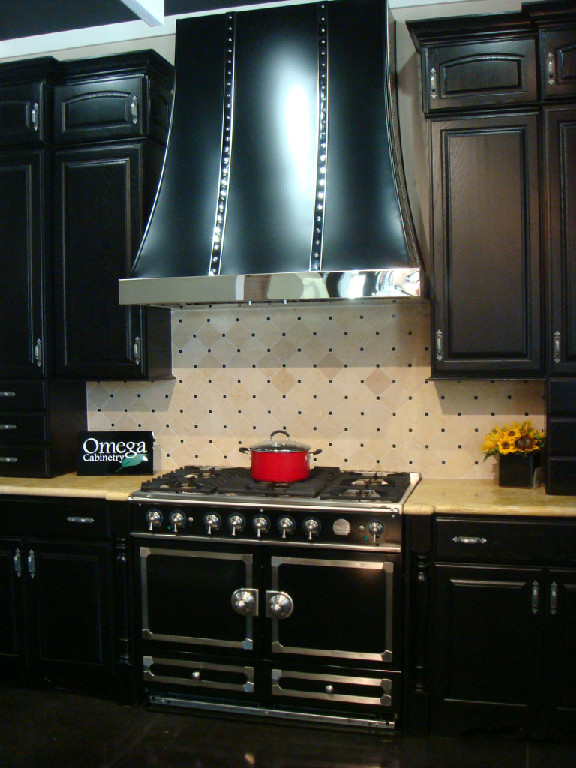
Where Your Dream Becomes A Reality
Where your vision and our capabilities blend to create your ventilation center piece.
These are dishwasher safe and extremely efficient at capturing airborne contaminants.
Unlike typical vent hood mesh filters, we make a range hood mesh filter with a 304 stainless steel case that covers the entire surface of the range hood filter—this makes the range hood filter extremely durable and washable by hand as well as in the dishwasher
Our range hoods use 120V LED that provides a clean pure light with a very wide spread—all of the lightings are rheostat controlled which enable infinite control
We offer a wide choice of internal, inline, or external range hood blower systems that are controlled by infinite variable controls. Follow this link for blower options. https://customrangehoods.ca/blower-options/
The very first thing to work out is whether you need an island range hood, a wooden canopy insert/liner range hood, a wall mount range hood, or an under cabinet range hood. Follow this link to see the differences.
Once the above has been worked out, then you need to decide on the all-important style—what basic shape of range hood do you want? Follow these links to work out which style you prefer:
- Wall/Under Cabinet
- Island VentHood
- Wooden Insert/Liner
Of course, we can also make a specific style range hood you have seen or want. We will require a picture or even a hand-drawn sketch of the range hood together with the information listed below to assist in the kitchen hood design process.
Now that you have decided on a few styles of range hoods, the all-important finishes must be chosen.
- Choose the main color or vent hood finish that you want for the bulk of the body
- Main body color (color matching RAL available) or metal finish such as stainless, steel, copper, brass
- Then, you need to choose whether you want bands and what finish you want the main lip to be. Once again, these can be any color or any metal, they can be polished or hand beaten, etc.
- You can add accents such as utensil rails or rivets, or screw heads, etc.
You now need to determine what space you have available for the range hood. Allow between 30" and 34" space between the planned underside of the range hood and the top of the countertop. The space remaining to the ceiling or underside of the soffit is the height available for the hood.
How wide is your range cooktop and how much width do you have available for the hood? Ideally, the hood must be 3" wider than the range top on either side. As a minimum, it should be the same width as the range top and cover at least all of the burner surfaces.
Take a look at the owner's manual for your range top or look it up online and add up the stated BTUs for each burner on the range top. The sum of these gives you a number something like 75, 000 BTU. In order to size the range hood blower, divide this 75, 000 by 100. The result is the ideal blower size—in this case, 750 CFM.
Baffle filters are always the best to use and are a must on the higher CFM blower systems. Mesh filters are generally okay on the lower CFM applications or over electric including induction. Baffles filters are quieter than mesh filters and also have the added advantage of being better for fire containment. All range hood filters must be washed on a regular basis—the more the better—washing won't damage them.
Internal range hood blowers are integral to the range hood itself—they are not in the duct run or on the outside of the building as are external range hood blowers (remote range hood blowers can be either inline of the duct run or external to the building). Typically, externally mounted exhaust hood blowers are the most silent and efficient—it is a lot easier to pull the air than push it; it is also a lot easier to work on an external blower than an inline blower in the ceiling or soffit for example. The other critical component is ducting—if your ducting has restrictions in it due to many bends or crimping of the pipe, the blower will have to work harder and will be noisy. Internal blowers are less expensive than external systems however they are noisier because the motor is right inside the hood.
Can the range hood be ducted directly outside and if ducting already exists, how big is it? How many bends are there in the exhaust ducting? It is very important to make the ducting the correct recommended size and with a minimum number of 90 degree bends as possible to ensure an unrestricted flow of air?